What are ARC-20 and Atomicals? Understanding Bitcoin’s blockchain for digital asset management
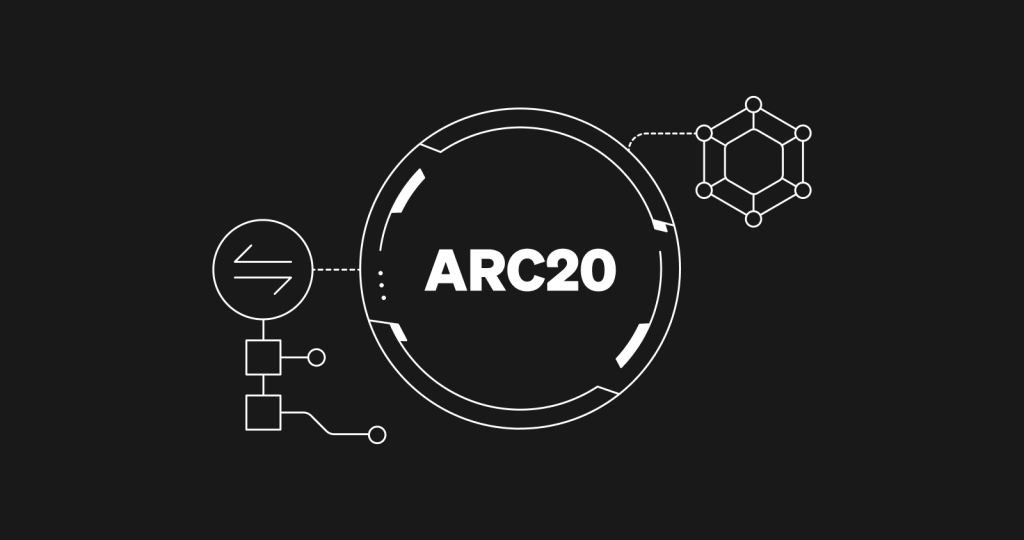

Have you ever questioned what else the Bitcoin blockchain can provide besides a digital currency and ordinals? ARC-20 introduces a fungible token standard to the Bitcoin blockchain, using satoshis — the smallest units of Bitcoin — as the backbone for token representation. This means each ARC-20 token is inherently backed by a satoshi, making sure a baseline value and integrating seamlessly with existing Bitcoin infrastructure.
Atomicals, meanwhile, offer a unique approach to digital asset representation on Bitcoin, further expanding the capabilities of this pioneering blockchain. They bring versatility and innovation to digital asset management, showcasing the adaptability of Bitcoin beyond its primary use as a cryptocurrency.
What do these developments mean for the future of Bitcoin? Many believe their potential opens new avenues for asset management and tokenization on Bitcoin.
TL;DR
-
ARC-20 standard: ARC-20 creates fungible tokens using satoshis for reliable value and seamless integration.
-
Minting flexibility: Offers both decentralized and direct minting methods, catering to diverse asset creation needs.
-
Ticker symbol service: Provides unique, permanent identification for each ARC-20 token, enhancing clarity in the digital asset space.
-
Atomicals protocol: Expands Bitcoin's scope to manage and create various digital assets, showcasing its adaptability.
-
Bitcoin's future: ARC-20 and Atomicals open new opportunities for Bitcoin in asset management and tokenization.
Get started
What is ARC-20?
ARC-20 introduces a way to represent fungible token assets on the Bitcoin blockchain, solving a long-standing challenge. It's a colored coin standard, where each satoshi (the smallest Bitcoin unit) represents ownership units of tokens, providing that one satoshi permanently backs each token.
The ARC-20 system provides a secured minimum value and adds a 'digital gold' appeal to the tokens. Its impressive flexibility allows tokens to be broken apart and recomposed, similar to regular Bitcoins.
ARC-20 tokens can be created and sent to any Bitcoin address compatible with wallets such as Sparrow Wallet. The service comes with two different minting options, direct and decentralized, offering unique advantages.
ARC-20 also features a unique ticker symbol service, providing a global, permanent naming system for token symbols. Once a ticker name is registered, it's set for good, avoiding duplication and providing clarity.
How will ARC-20's breakthrough impact our usage of Bitcoin and the digital economy? By providing a secure infrastructure for asset management and digital ownership, ARC-20 has taken Bitcoin far beyond traditional financial transactions, making it a potential game-changer in the Web3 space.
How do ARC-20 tokens work?
Every ARC-20 token is backed by one satoshi, making sure each token is worth something. This connection guarantees the token's value and provides simple communication with the Bitcoin blockchain.
The minting process of ARC-20 tokens is versatile, offering two primary methods: decentralized and direct minting. In decentralized minting, a ticker is initialized with specific parameters such as per mint award, total mints allowed, and start block height. This method allows for controlled and customizable token creation.
On the other hand, direct minting involves creating a single output containing the total token supply, with each satoshi representing a single token unit. This method requires the creator to commit a corresponding amount of Bitcoin, making sure credibility and reducing fraudulent creation risks.
By integrating satoshi units into the design, ARC-20 tokens maintain value and open new avenues for asset management, tokenization, and broader blockchain technology applications.
ARC-20 minting methods: decentralized or direct?
The two minting methods that underpin ARC-20 have unique advantages, enabling you to find the right option for managing your digital assets.
Decentralized minting
-
Initialization: Setting up a ticker, per mint award, total mints allowed, start block height, and metadata.
-
Customization: Allows the deployer to specify token attributes and metadata.
-
Command format: Uses npm run cli init-dft with parameters like ticker, mint amount, count, and height.
-
Flexibility: A controlled minting process is ideal for tokens requiring gradual distribution or specific start conditions.
Direct minting
-
One-step process: Creates a single output containing the entire token supply, with each satoshi representing a unit.
-
Substantiation: Requires the creator to commit an equivalent amount of Bitcoin, enhancing credibility and reducing fraud.
-
Command: Applies npm run cli mint-ft with parameters for ticker and total supply.
-
Ideal use: Suited for situations where a team or company needs full control over token distribution and future usage.
ARC-20: how to start decentralized minting
There are many stages to manage the token production process if you want to mint ARC-20 in a decentralized way.
Initialization
-
Setting up: Start by initializing a decentralized mint with a unique ticker, per mint award, total mints allowed, start block height, and metadata.
-
Command: Use the Atomicals Command Line Interface (CLI) with the command npm run cli init-dft <tick> <per_mint_amt> <mint_count> <start_height> metadata.json.
-
Optional flags: Include –mintbitworkc=<prefix> and –satsbyte=<number> for additional customization.
-
Metadata: Include images and descriptions as metadata to provide extra information about the token.
Minting process
-
Execution: After initialization, use the mint-dft command to start the minting process.
-
Command format: The command format is npm run cli mint-dft <tick>, with optional flags like –satsbyte=<number>.
-
Starting point: Minting begins at the specified block height start_height
This tutorial offers an overview of the decentralized token minting process in ARC-20, from start to finish.
A closer look at direct minting in ARC-20
ARC-20's direct minting process provides an easy and secure way of creating tokens on the Bitcoin blockchain. This streamlined approach allows all of the token's supply to be generated in a single operation, making the process more efficient and simple.
-
Procedure: To directly mint an ARC-20 token, a single output containing the total token supply is created, with each satoshi unit representing a single token. This is achieved using the Atomicals CLI command: npm run cli mint-ft <tick> <total_supply> metadata.json.
-
Security and transparency: When it comes to direct minting, the total amount of the token supply must be matched in Bitcoin by the creators. If a token has 100,000,000 units, then one Bitcoin must be deposited as 1 BTC equals 100,000,000 satoshis. This system guarantees transparency and lowers the risk of any deceitful activity since creators can't release tokens without having the correct amount of Bitcoin to back it up.
-
Control and distribution: This type of minting process is especially useful for companies or groups that require authority over the original allocation of tokens. It enables them to decide when and how the tokens can be used or released, giving them increased control over the token economics.
Ordinals vs Atomicals: what's the difference?
Ordinals and Atomicals are two concepts that have been introduced to the Bitcoin blockchain, each offering unique functionalities of Bitcoin's utility.
Ordinals
-
Concept: Ordinals involve inscribing unique, non-fungible tokens (NFTs) directly onto individual satoshis, the smallest unit of Bitcoin. This allows for the creation of distinct digital assets within the Bitcoin blockchain.
-
Functionality: The Ordinals Protocol lets users send and receive satoshis with extra data, like text, images, audio, or videos, to create Bitcoin NFTs, also known as Bitcoin Ordinals.
-
Impact: This innovation opens up new possibilities for Bitcoin, including creating unique digital art and collectibles, significantly enhancing Bitcoin's value and use case beyond a mere digital currency.
Atomicals
-
Introduction: The Atomicals Protocol was launched to facilitate the creation of cryptocurrency-like digital assets on Bitcoin. It introduces several optimizations over the BRC-20 standard, aiming for a simpler process of creating digital items on Bitcoin.
-
Features and ARC-20 tokens: Atomicals uses satoshi units and is modeled on the UTXO (Unspent Transaction Output) design. The protocol for applications using Atomicals is the ARC-20, and ATOM is the name of the asset generated using this standard. In contrast to BRC-20, Atomicals only uses Taproot addresses during the generation and modification of assets, not for the transfer of assets.
-
Potential and utility: Atomicals and ARC-20 tokens show how Bitcoin can host tokenized assets. This makes Bitcoin useful beyond just BTC and opens new opportunities in decentralized finance and digital asset representation.
Ordinals and Atomicals use the Bitcoin blockchain to create unique digital assets, but their approaches and functionalities differ. Ordinals focus on creating NFTs by inscribing data onto satoshis, enhancing Bitcoin's utility in digital art and collectibles. Atomicals, through ARC-20 tokens, provide a framework for creating and managing fungible digital assets, broadening the scope of Bitcoin's application in the digital asset space.
The final word
This new development offers a fungible token standard for Bitcoin, using the smallest unit of satoshi to represent tokens. This makes sure of the value of each token, while also guaranteeing that each is compatible with Bitcoin's existing system. ARC-20 also provides different minting options, including decentralized and direct methods, and introduces a ticker symbol service for easy recognition of tokens, all improving the efficiency of the ecosystem.
Atomicals offer an inventive approach to digital asset management on Bitcoin. They enable the creation and management of diverse tokenized assets, broadening Bitcoin's application scope. This innovation demonstrates Bitcoin's adaptability and potential in decentralized finance and digital asset representation.
Will ARC-20 play a big part in Bitcoin's journey in 2024?
Get started

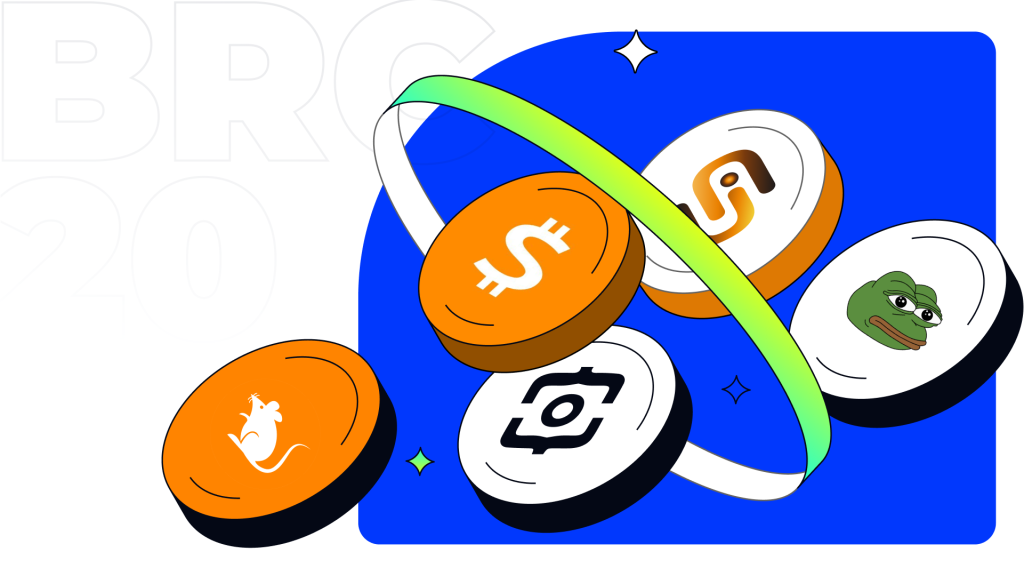
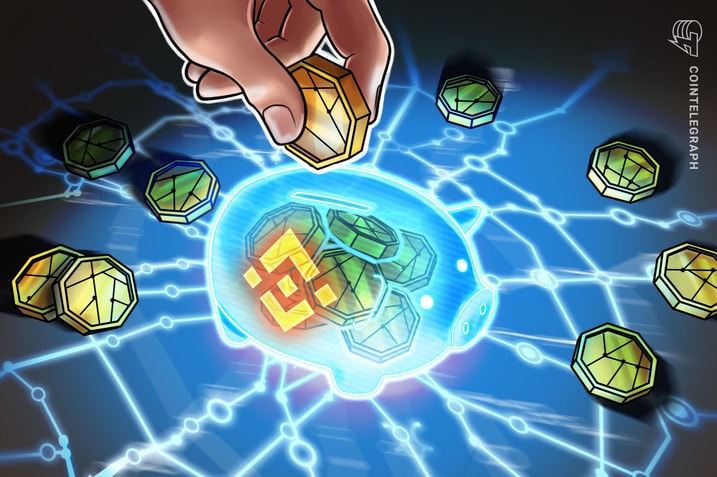
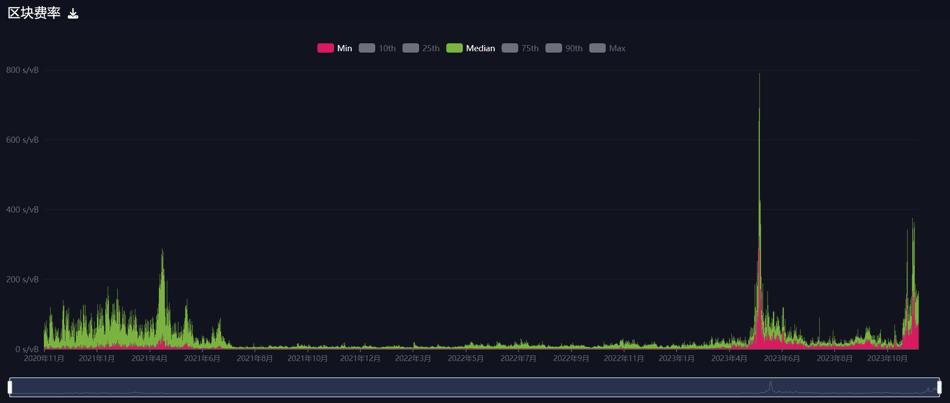
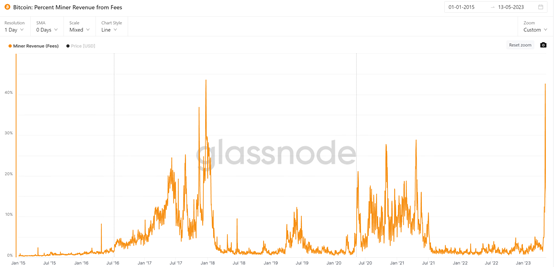

… [Trackback]
[…] Read More on on that Topic: x.superex.com/academys/deeplearning/1703/ […]
… [Trackback]
[…] Find More to that Topic: x.superex.com/academys/deeplearning/1703/ […]
… [Trackback]
[…] Read More to that Topic: x.superex.com/academys/deeplearning/1703/ […]
… [Trackback]
[…] Here you can find 12710 more Info on that Topic: x.superex.com/academys/deeplearning/1703/ […]
… [Trackback]
[…] Find More on on that Topic: x.superex.com/academys/deeplearning/1703/ […]
… [Trackback]
[…] Read More Information here to that Topic: x.superex.com/academys/deeplearning/1703/ […]
… [Trackback]
[…] There you will find 82965 additional Info to that Topic: x.superex.com/academys/deeplearning/1703/ […]
… [Trackback]
[…] Read More Information here to that Topic: x.superex.com/academys/deeplearning/1703/ […]
… [Trackback]
[…] Read More on on that Topic: x.superex.com/academys/deeplearning/1703/ […]
… [Trackback]
[…] Here you will find 93529 more Info to that Topic: x.superex.com/academys/deeplearning/1703/ […]
… [Trackback]
[…] Info to that Topic: x.superex.com/academys/deeplearning/1703/ […]
… [Trackback]
[…] Read More to that Topic: x.superex.com/academys/deeplearning/1703/ […]
… [Trackback]
[…] Find More to that Topic: x.superex.com/academys/deeplearning/1703/ […]
… [Trackback]
[…] Here you will find 22712 additional Info to that Topic: x.superex.com/academys/deeplearning/1703/ […]
… [Trackback]
[…] Find More on to that Topic: x.superex.com/academys/deeplearning/1703/ […]
… [Trackback]
[…] Read More Information here on that Topic: x.superex.com/academys/deeplearning/1703/ […]
… [Trackback]
[…] Information on that Topic: x.superex.com/academys/deeplearning/1703/ […]
… [Trackback]
[…] There you will find 79605 additional Info on that Topic: x.superex.com/academys/deeplearning/1703/ […]
… [Trackback]
[…] Info to that Topic: x.superex.com/academys/deeplearning/1703/ […]
… [Trackback]
[…] Find More here on that Topic: x.superex.com/academys/deeplearning/1703/ […]
… [Trackback]
[…] Find More Information here on that Topic: x.superex.com/academys/deeplearning/1703/ […]
… [Trackback]
[…] Find More Information here on that Topic: x.superex.com/academys/deeplearning/1703/ […]
… [Trackback]
[…] There you will find 31148 additional Information to that Topic: x.superex.com/academys/deeplearning/1703/ […]
… [Trackback]
[…] Find More on that Topic: x.superex.com/academys/deeplearning/1703/ […]
… [Trackback]
[…] Read More to that Topic: x.superex.com/academys/deeplearning/1703/ […]